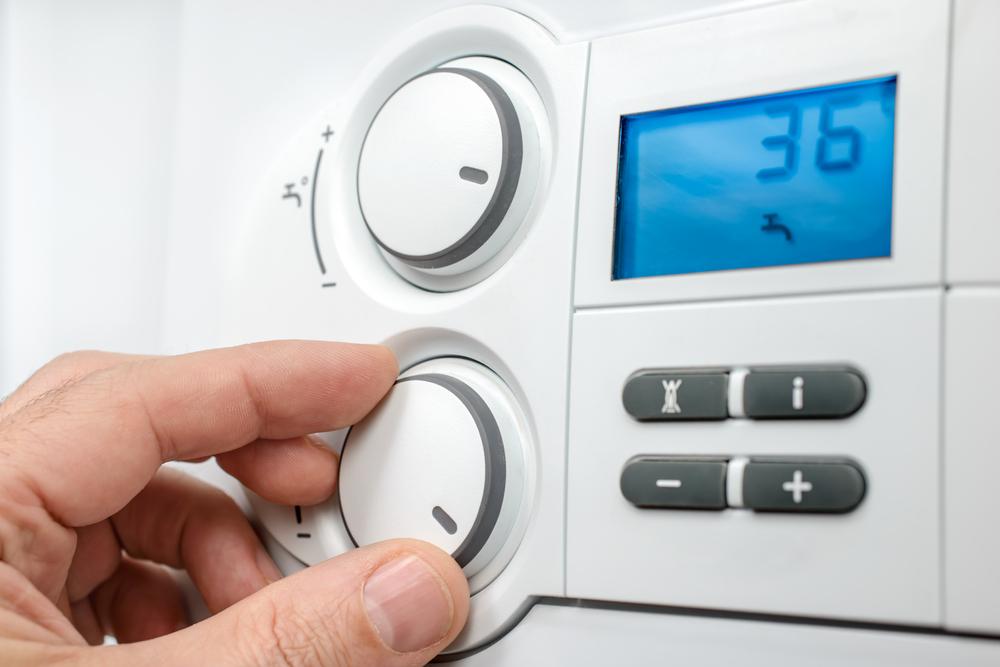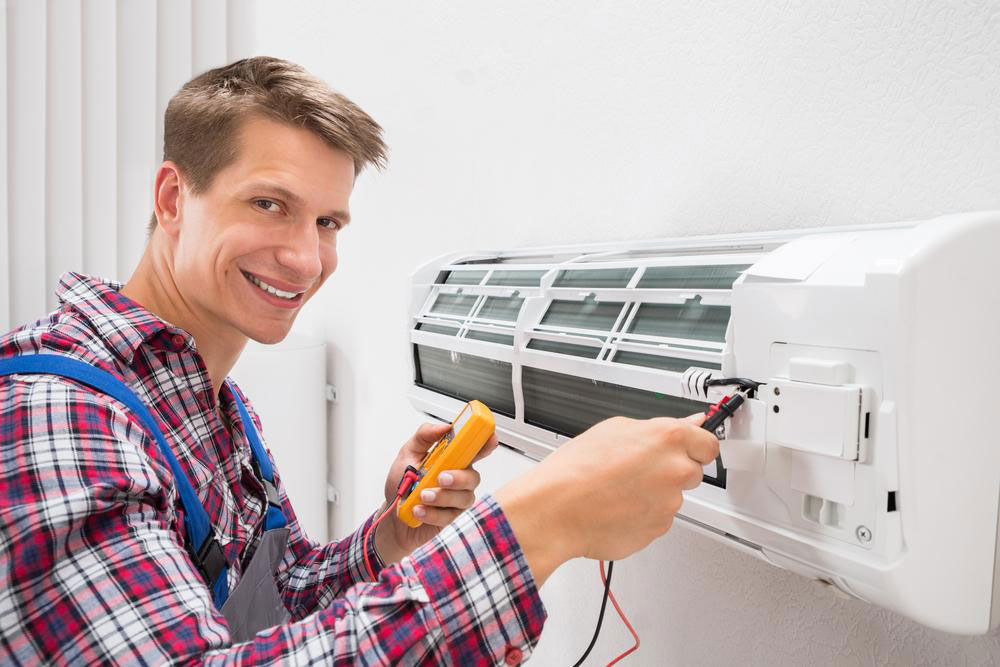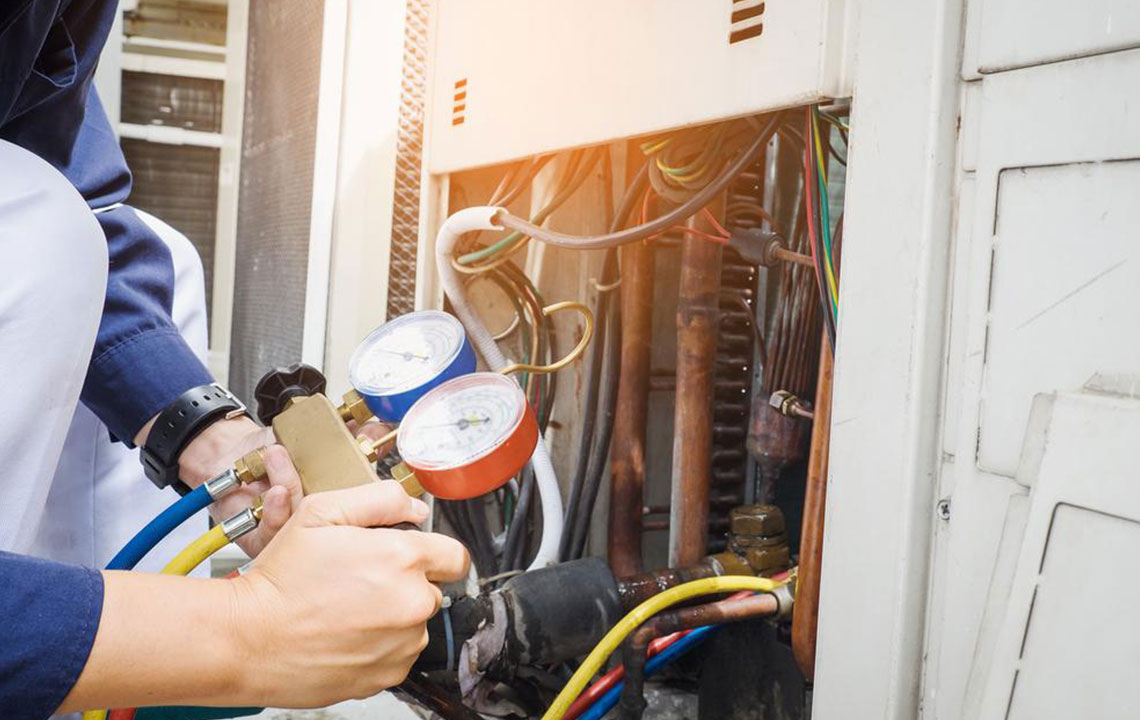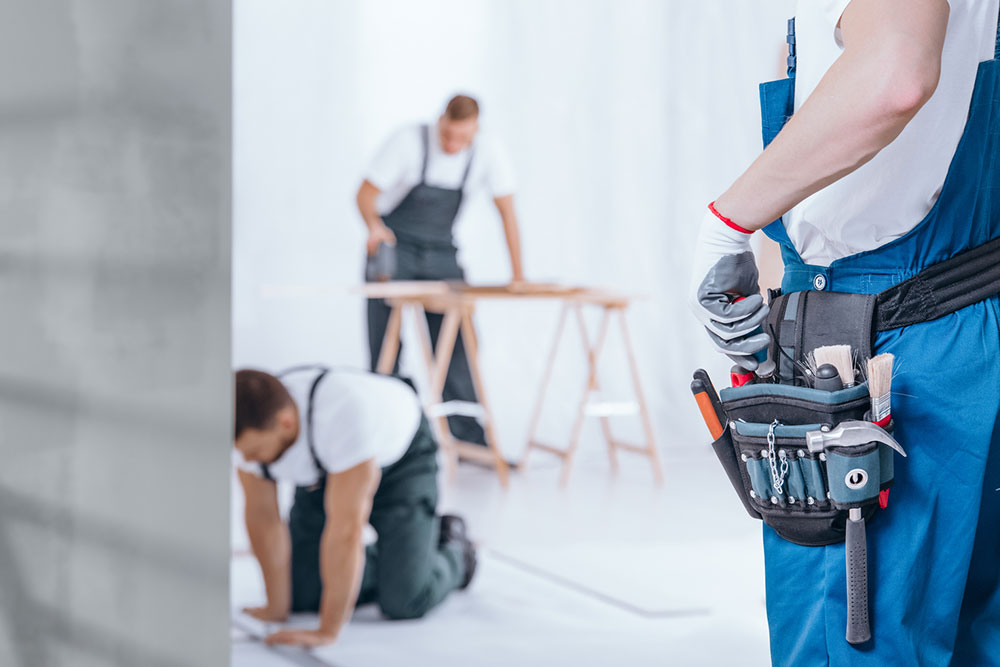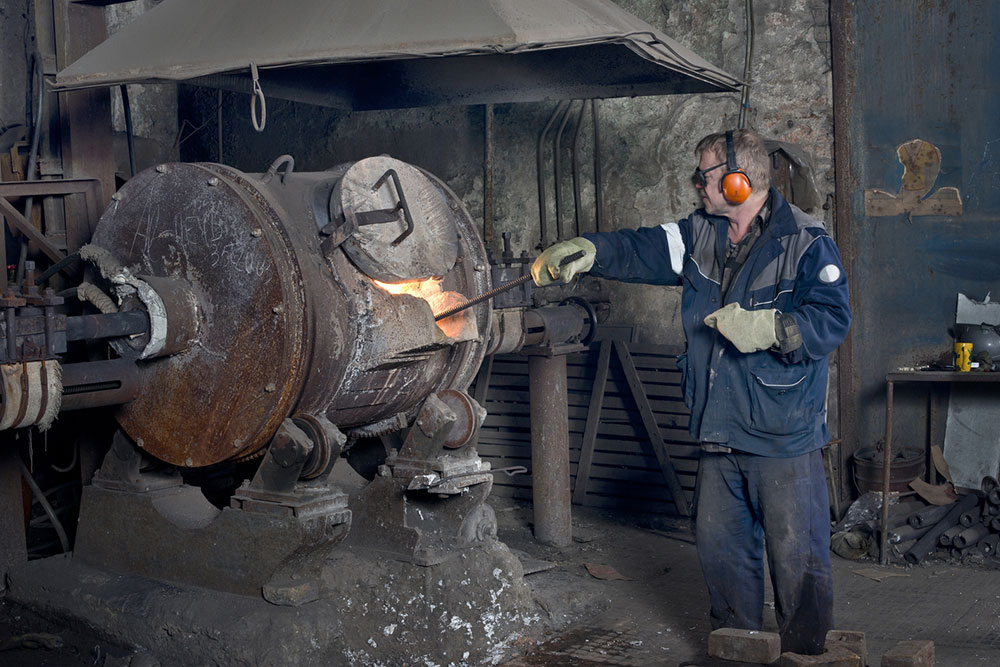Essential Tips to Avoid Common Pitfalls When Installing an Air Conditioner
Proper air conditioner installation is essential for efficient cooling, energy savings, and system longevity. This guide highlights common pitfalls like incorrect contractor selection, neglecting load calculations, and ignoring ductwork integrity. Professional installation ensures optimal performance and durability, preventing costly mistakes. Follow these tips to enjoy consistent comfort and long-term savings on your air conditioning system.
Sponsored
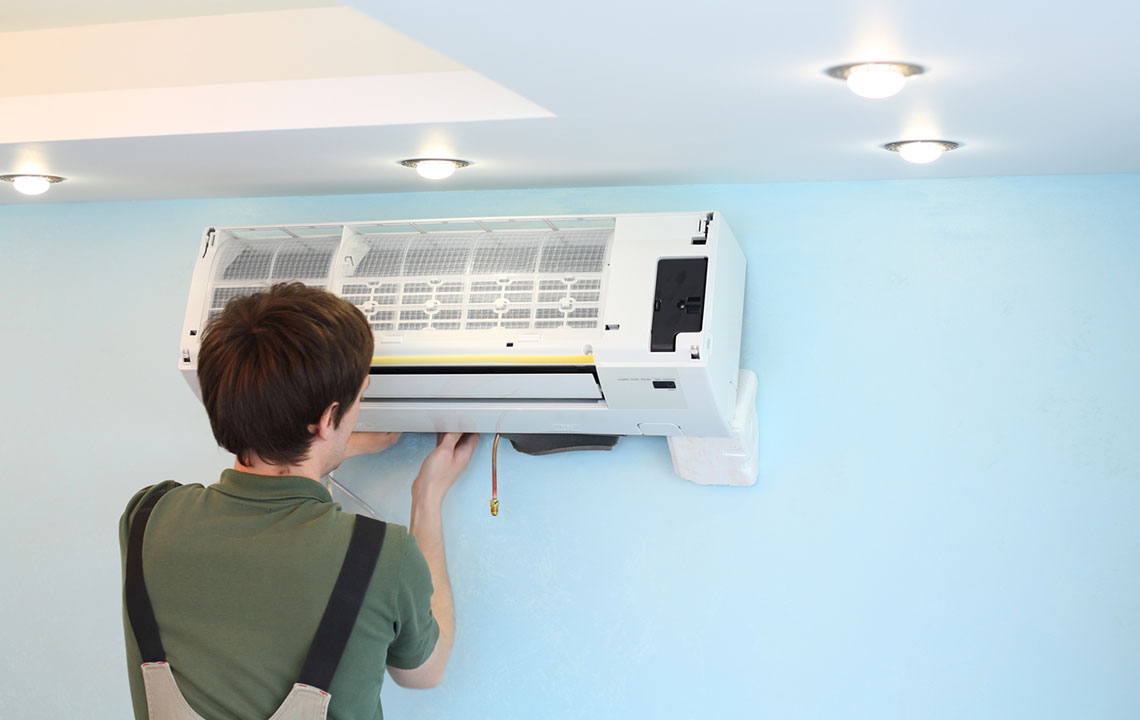
As summer approaches, it's best not to wait until the heat becomes unbearable before installing an air conditioner. Proper installation is crucial for optimal performance. Many overlook key factors, leading to costly mistakes. Understanding common errors can save you money and ensure your cooling system works efficiently. Accurate planning and expert installation are vital to maximize comfort, reduce energy bills, and extend your unit’s lifespan. Don't leave this task to unqualified personnel—invest in professional services for peace of mind.
Relying solely on general contractors for installation
When integrating an AC system into a renovation, ensure you hire qualified HVAC specialists rather than just a general contractor. This guarantees proper setup and operation.
Installing an air conditioning system requires expert knowledge to ensure correct configuration and efficiency. Professionals can customize the setup based on manufacturer guidelines, leading to less maintenance, fewer breakdowns, and increased durability.
Ignoring the importance of load calculation and HVAC design
Many replace their old unit with a similar size, but newer models are more energy-efficient and often smaller due to improved insulation and technology. Proper load assessment ensures you select the correct unit size, saving energy and enhancing performance.
Neglecting ductwork inspection
Existing ducts must be thoroughly checked before installation. Poorly sized or leaking ducts can cause inefficiencies, energy loss, and strain on the new system. Employ a technician to inspect and seal ducts for optimal operation.

